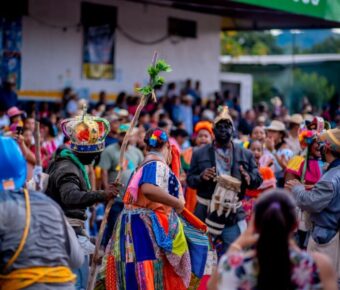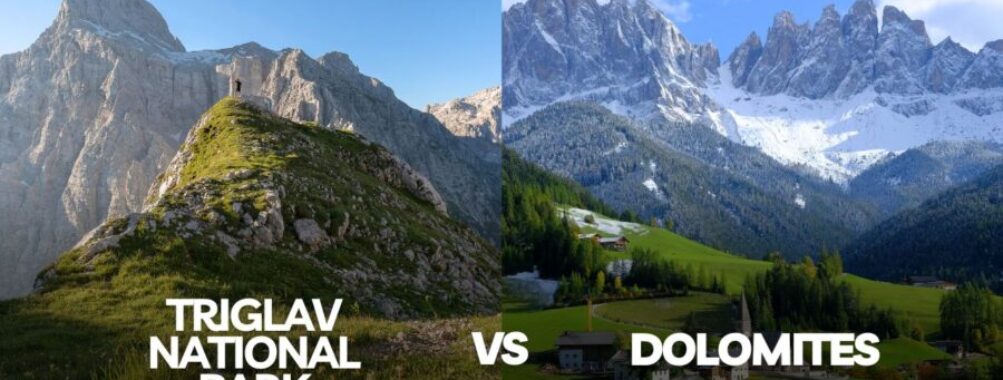
Triglav National Park vs Dolomites: 7 Key Differences Every Alpine Explorer Should Know Before Choosing
When comparing Triglav National Park and the Dolomites, nature lovers face a fascinating choice between two Alpine treasures. Triglav National Park in Slovenia offers a more wild and rugged experience, with steep climbs and fewer crowds than its Italian counterpart. The park, centered around Mount Triglav in the Julian Alps, rewards visitors with stunning waterfalls, gorges, and pristine pine forests teeming with wildlife like deer, mountain goats, and ibex.
The Dolomites in Italy present equally breathtaking landscapes but with different characteristics. While the dramatic limestone peaks of the Dolomites are world-famous, they tend to be more developed for tourism. Many travelers note that Triglav feels more untamed and challenging to access, which keeps the crowds thinner but also means you’ll need to work harder for those panoramic views.
Both destinations offer unforgettable Alpine experiences, but they serve different travel styles. The Dolomites provide better infrastructure and more accessible beauty, while Triglav delivers a more adventurous, off-the-beaten-path journey through Slovenia’s natural wonders.
Table of Contents
- Geographical Overview
- Location and Accessibility
- Topography and Landscape
- Historical and Cultural Significance
- Conservation Efforts
- Local Traditions
- Recreational Activities
- Hiking and Trekking Paths
- Mountain Sports and Adventure
- Relaxation and Leisure
- Accommodation and Amenities
- Mountain Huts and Refuges
- Hotels and Lodging
- Restaurants and Local Cuisine
- Travel and Seasonal Information
- Best Time to Visit
- Weather Conditions
- Transportation and Routes
- Unique Aspects and Attractions
- Distinctive Topography
- Iconic Sites and Vistas
- Cultural Landmarks
- Comparative Analysis
- Triglav National Park vs Dolomites
- Visitor Experience and Tips
- First-Time Visitors
- Family-Friendly Activities
- Adventure for Thrill-Seekers
- Sustainable Tourism and Conservation
- Eco-Friendly Practices
- Visitor Responsibilities
- Frequently Asked Questions
- What unique experiences differentiate Triglav National Park from the Dolomites for hiking enthusiasts?
- Which region offers the most accessible trekking routes for beginner hikers, Triglav National Park or the Dolomites?
- How does the cultural heritage of the surrounding areas compare to that of Triglav National Park and the Dolomites?
- In terms of biodiversity and conservation efforts, how do Triglav National Park and the Dolomites contrast?
- Which local culinary specialties should visitors not miss when exploring Triglav National Park or the Dolomites?
- For photographers seeking breathtaking landscapes, which provides more diverse shooting opportunities: Triglav National Park or the Dolomites?
- Book Your Dream Experience
- More Travel Guides
Geographical Overview
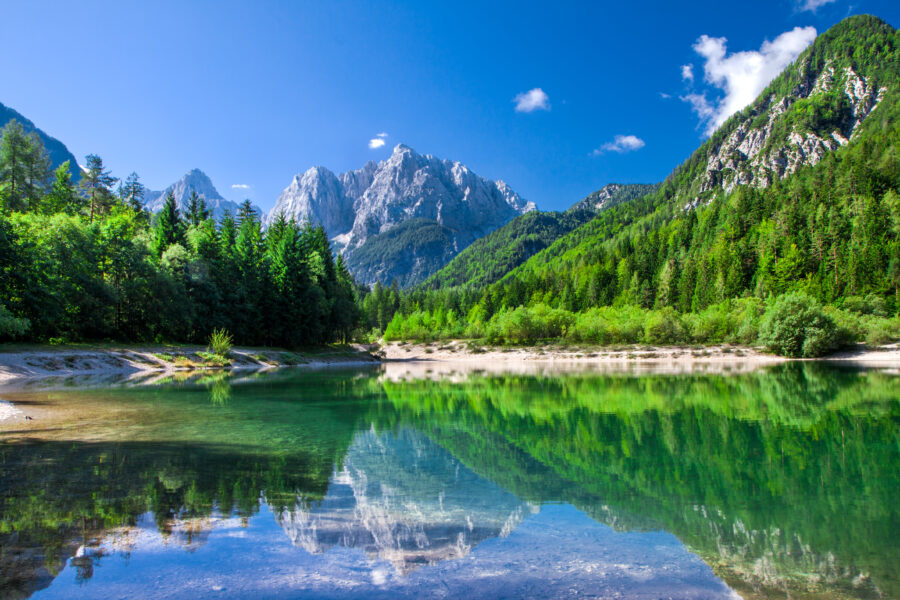
Triglav National Park and the Dolomites offer stunning Alpine scenery but differ significantly in their geography, accessibility, and landscape features. These differences create unique visitor experiences in each destination.
Location and Accessibility
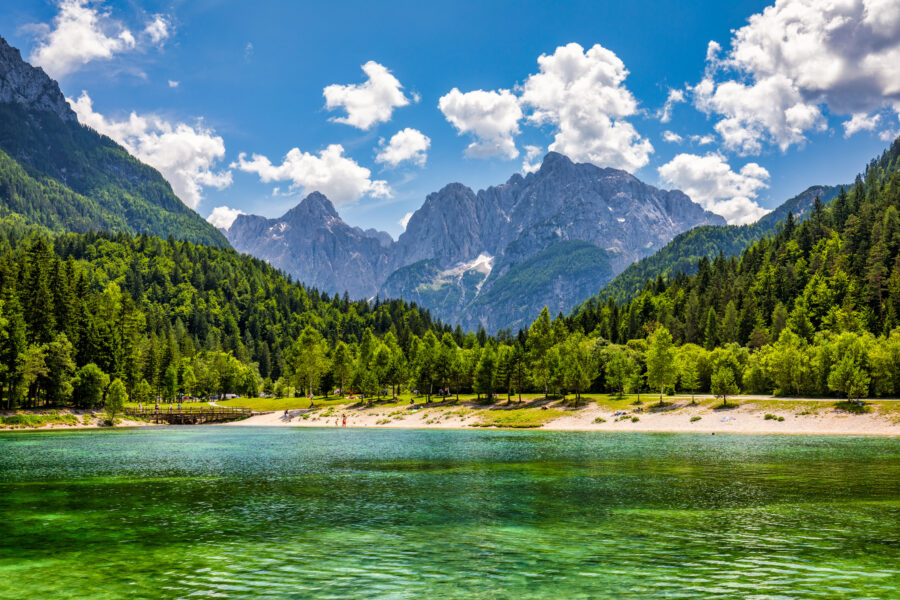
Triglav National Park is in the northwestern corner of Slovenia, encompassing a large portion of the Julian Alps. Unlike the more famous Dolomites, Triglav remains somewhat hidden from mass tourism. This remoteness is both a blessing and a challenge. The park has fewer access points, and steep ascents from nearby valleys make it harder to reach the peaks. Public transportation options are limited compared to more developed Alpine regions.
The Dolomites are located in northeastern Italy and spread across several provinces, including South Tyrol, Trentino, and Belluno. They’re generally more accessible than Triglav, with better road networks and tourist infrastructure. However, some visitors find that this accessibility comes at the cost of larger crowds, especially during peak seasons.
Topography and Landscape
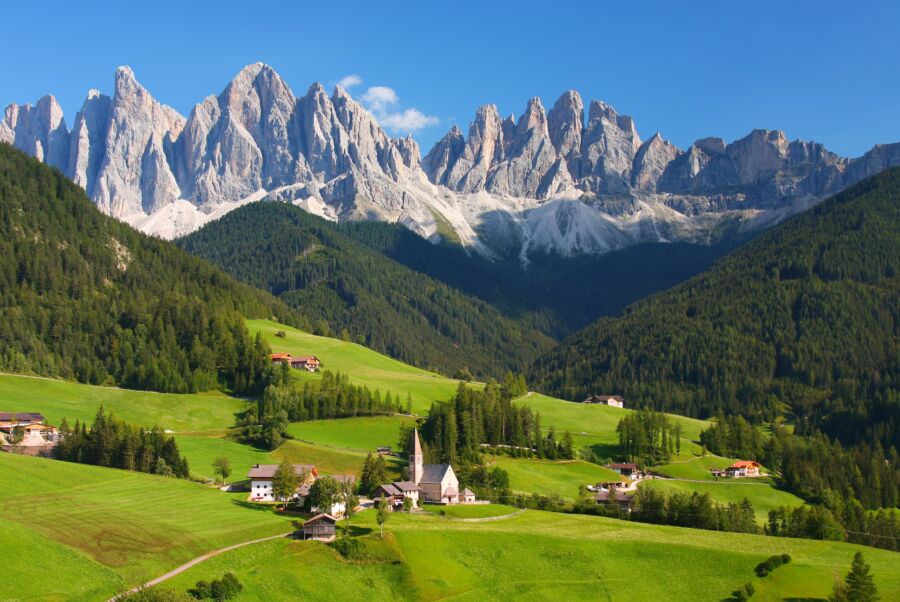
Triglav National Park features dramatic limestone landscapes dominated by Mount Triglav, Slovenia’s highest peak at 2,864 meters. The park’s topography includes steep valleys, alpine meadows, and pristine pine forests. These forests support diverse wildlife, including deer, mountain goats, and ibex. The park’s rugged terrain creates a wild, untamed atmosphere that many outdoor enthusiasts seek.
The Dolomites, also formed primarily of limestone rock, are known for their distinctive pale color and vertical walls. They feature more accessible plateaus alongside challenging peaks. The range contains iconic formations like Tre Cime di Lavaredo and Marmolada (the highest peak at 3,343 meters).
Both regions offer breathtaking alpine scenery, but Triglav maintains a wilder, less developed character than the more tourist-friendly but busier Dolomites.
Historical and Cultural Significance
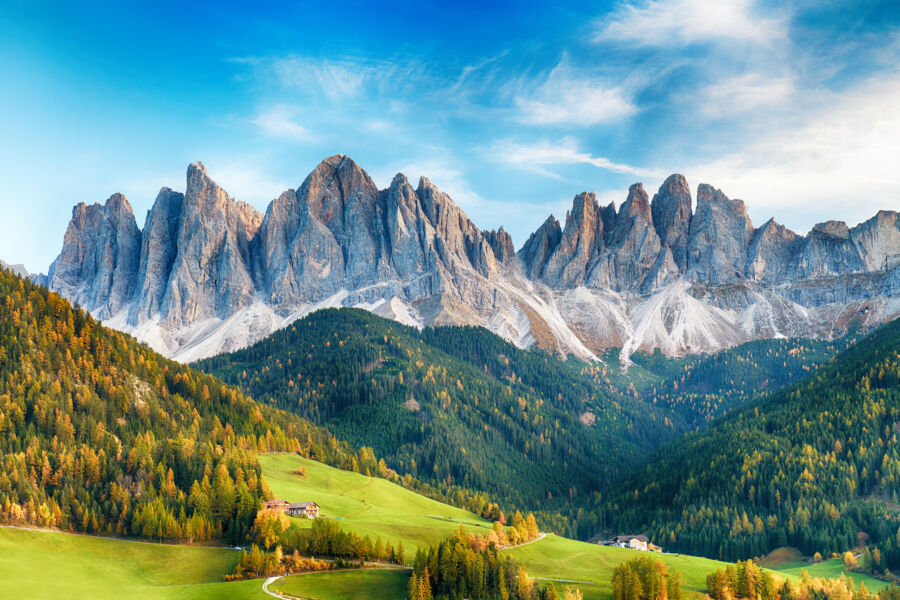
Both Triglav National Park and the Dolomites hold deep historical roots and rich cultural heritage that have shaped their development as protected natural treasures. Their stories reflect centuries of human interaction with alpine environments.
Conservation Efforts

Triglav National Park has an impressive conservation history dating back to 1924 when it was established as the Alpine Conservation Park. This makes it one of Europe’s oldest protected areas! The park’s creation represented an early European commitment to preserving natural landscapes.
Slovenia has gradually expanded protection over the decades, with the current park boundaries covering most of the Julian Alps. The conservation system divides the park into three distinct zones with varying levels of protection.
The Dolomites’ conservation story began later but gained momentum quickly. In 2009, UNESCO recognized the area as a World Heritage Site, acknowledging its geological and cultural significance.
Both regions have developed sustainable tourism initiatives to balance visitor access with environmental protection. Local rangers in Triglav often share stories about how conservation efforts have helped preserve rare Alpine flora and fauna.
Local Traditions

Triglav holds special significance in Slovenian cultural identity. The mountain appears on Slovenia’s coat of arms and is considered a national symbol. There’s even a charming tradition that claims a “true Slovenian” must climb Mount Triglav at least once in their lifetime!
The park area has fascinating musical connections, too. According to legends, Antonio Stradivari used wood from the Bohinj region within Triglav to craft his world-famous violins.
The Dolomites region combines Italian, Austrian, and Ladin cultural influences. The Ladin people have preserved their unique language and traditions despite centuries of outside influences.
Both areas maintain vibrant alpine farming traditions. Seasonal festivals celebrate agricultural harvests, while traditional cheeses and other foods remain critical cultural touchstones. Visitors can experience these traditions through local museums, village celebrations, and farms that welcome tourists.
Recreational Activities
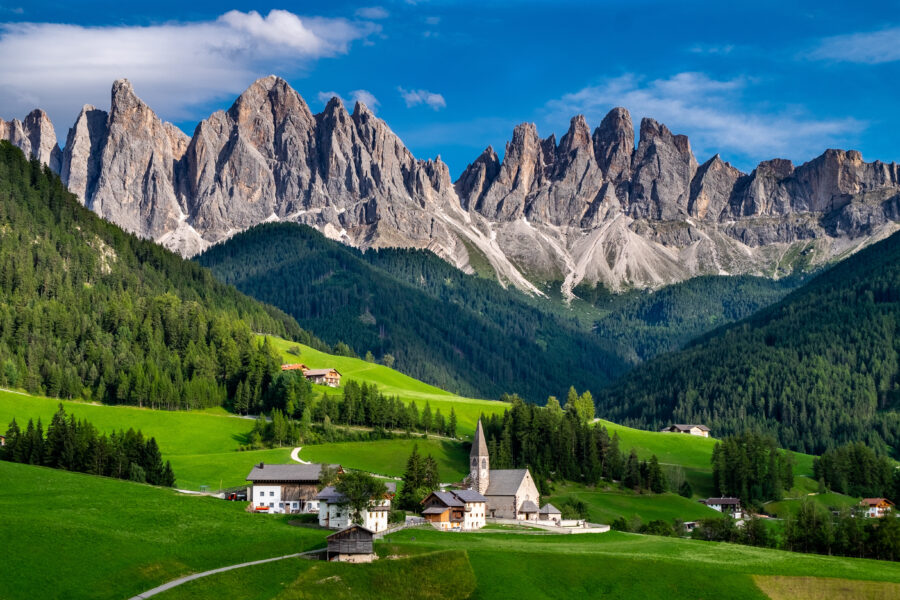
Triglav National Park and the Dolomites offer incredible outdoor activities for adventure seekers and nature lovers. The regions differ in their accessibility, difficulty levels, and types of experiences available throughout the changing seasons.
Hiking and Trekking Paths
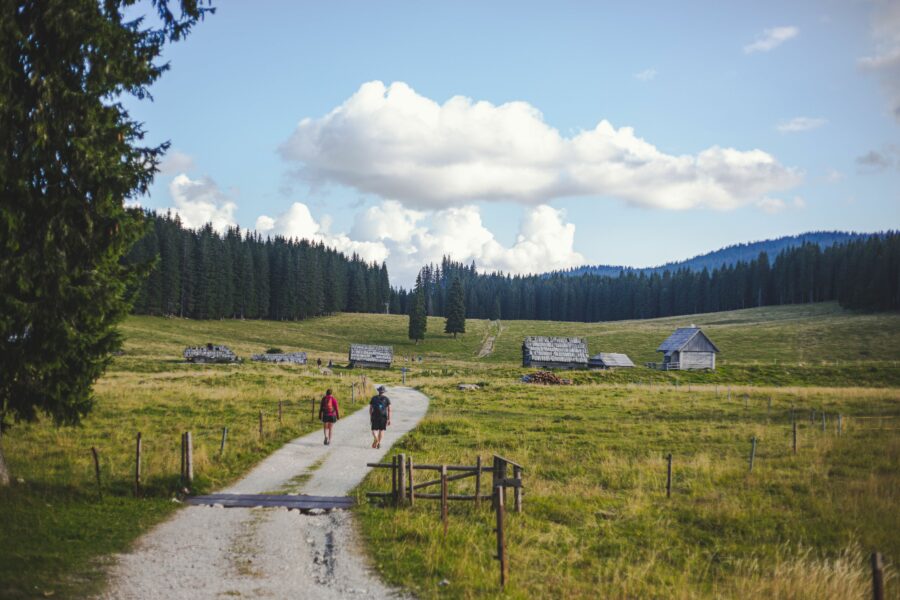
Triglav National Park features more challenging terrain with steep ascents from the valleys. Unlike the Dolomites, few easy climbs are here, perfect for experienced hikers seeking a challenge. The iconic Vrsic Pass offers breathtaking views for those willing to tackle its demanding trails.
The park has fewer marked paths than the Dolomites, creating a more rugged, off-the-beaten-path experience. Many hikers aim to summit Mount Triglav, Slovenia’s highest peak, requiring technical climbing skills and often an overnight stay in a mountain hut.
The Dolomites, by comparison, offer a wider range of hiking difficulties. You’ll find well-maintained trails suitable for families alongside more challenging routes for seasoned trekkers. The trail network is extensive and typically better marked than in Triglav.
Mountain Sports and Adventure
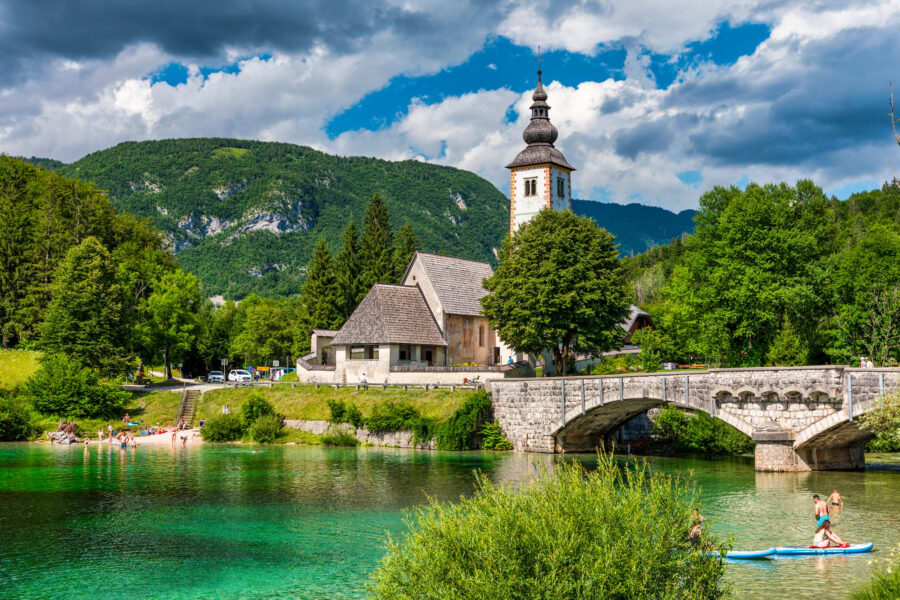
Both regions excel in adventure sports, though they each have their specialties. Triglav excels in water-based activities during the summer months. Lake Bohinj provides an excellent base for swimming, kayaking, and paddleboarding. The clear alpine waters are refreshingly calm even on hot summer days.
The Dolomites, with distinctive vertical limestone faces, are world-renowned for rock climbing opportunities. In winter, they transform into a premium skiing destination with better-developed infrastructure and more extensive ski areas than Triglav.
Both parks offer mountain biking, though the Dolomites tend to have more dedicated bike trails. Paragliding is popular in both regions, with the thermal updrafts creating ideal conditions for flights with spectacular views of the landscapes below.
Relaxation and Leisure
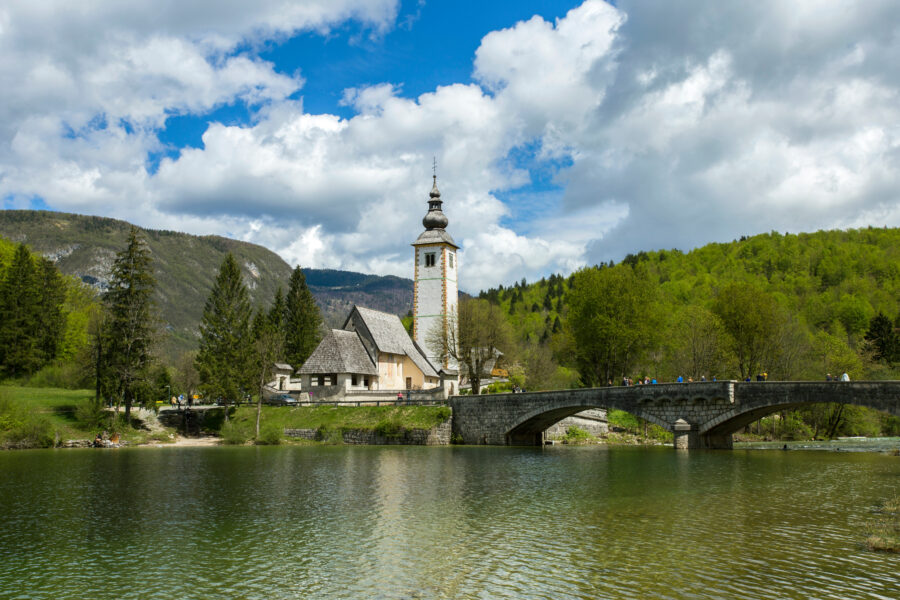
Both regions provide unique relaxation options for those seeking less strenuous activities. Triglav’s small villages, like Ribcev Laz and Bled, offer charming cafés where you can enjoy local cuisine while gazing at pristine lakes and mountain vistas.
The standard of facilities varies between the regions. The Dolomites generally have more developed tourist infrastructure with a wider range of accommodations, from luxury resorts to family-run guesthouses. Mountain huts in the Dolomites typically offer more amenities than their Triglav counterparts.
Triglav feels more untouched and less commercialized. Even during peak season, fewer crowds create a more peaceful atmosphere for those seeking to disconnect from busy life. Cultural experiences in local villages provide insight into Slovenian traditions, often with fewer tourists than in the more internationally famous Dolomites.
See Related: Luxury Resorts in Italy: Unrivaled Elegance for Your Dream Vacation
Accommodation and Amenities
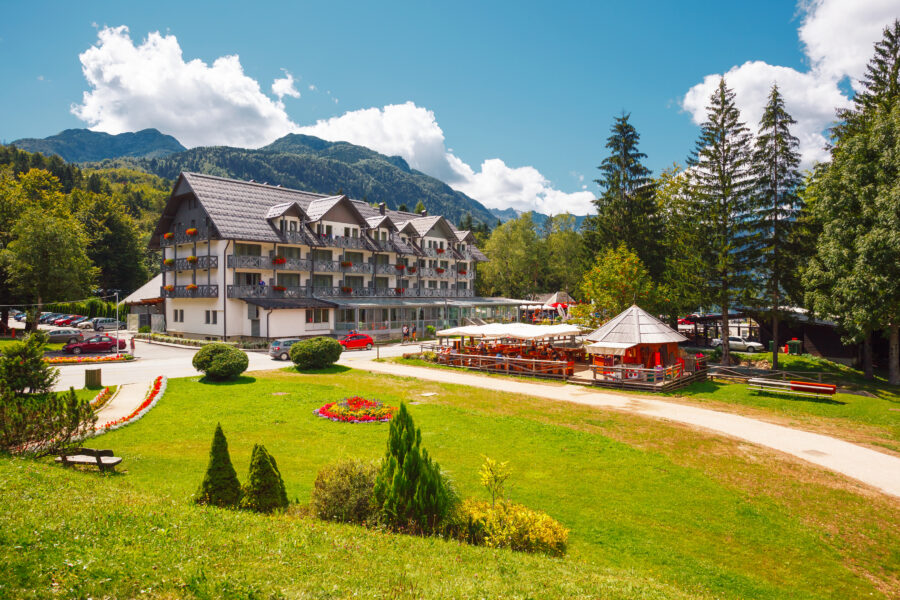
Triglav National Park and the Dolomites offer visitors various places to stay and eat, though they differ in style and availability. Triglav has fewer options but a more authentic experience, while the Dolomites provide more luxury and variety.
Mountain Huts and Refuges
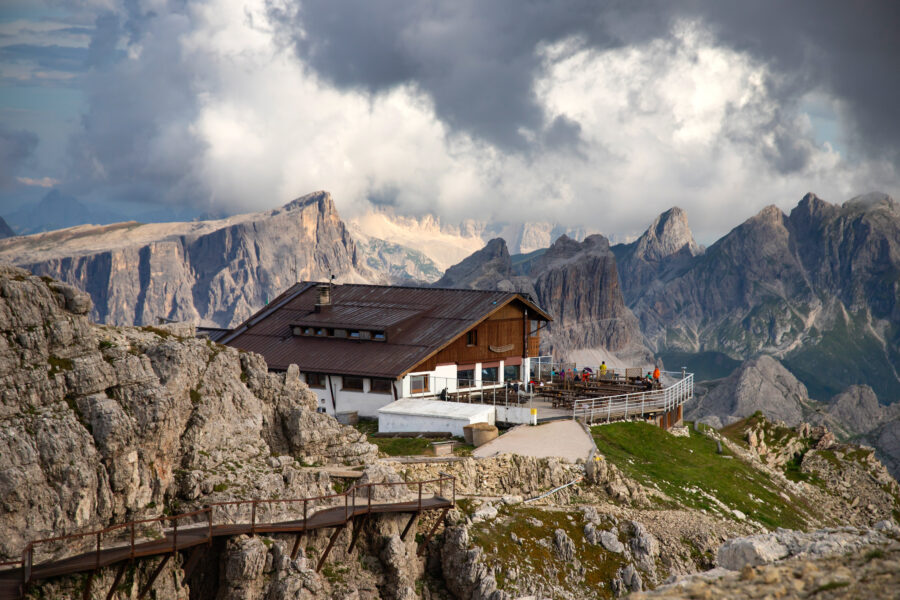
Triglav National Park features a network of basic but charming mountain huts (koče) scattered throughout the highlands. Dom Planika, located near the summit of Mount Triglav, is one of the most popular huts where hikers often stay before attempting the final ascent to Slovenia’s highest peak. These huts typically offer dormitory-style accommodations with shared bathrooms and simple facilities.
Most Triglav huts are only accessible on foot and operate seasonally from June through September. They provide hearty meals and necessities, but expect minimal amenities – no showers in many places and limited electricity.
The Dolomites, by comparison, offer more extensive hut systems (rifugios) that are often larger and better equipped. Many Dolomite mountain huts can be reached by car or cable car, making them more accessible to casual visitors who aren’t doing serious hiking.
Hotels and Lodging

Accommodation options are more limited and generally smaller in scale in towns surrounding Triglav National Park. You’ll find family-run guesthouses, small hotels, and tourist farms (tourist kmetije) that offer an authentic Slovenian experience. Lake Bohinj and Bled provide the most developed lodging options near the park.
The Dolomites region boasts significantly more developed tourism infrastructure, with numerous hotels ranging from budget to luxury. Resort towns like Cortina d’Ampezzo offer high-end lodging options with spas and amenities that don’t exist in Triglav’s vicinity.
During peak season (July-August), accommodations in both regions fill quickly, but the Dolomites offer more backup options when first choices are booked.
Restaurants and Local Cuisine
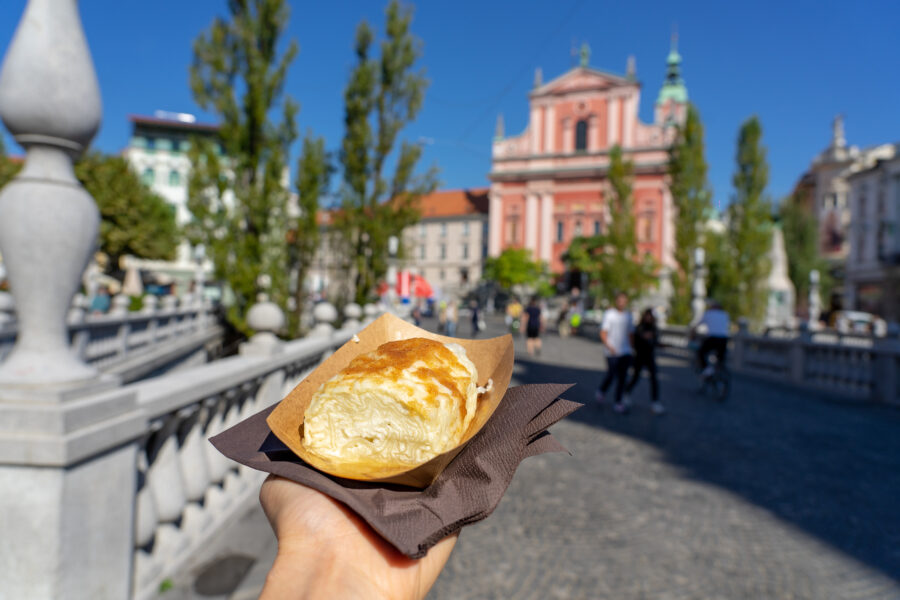
Dining options within Triglav National Park are mostly limited to the mountain huts, which serve simple, hearty Slovenian fare like jota (bean soup), štruklji (rolled dumplings), and goulash. These dishes are perfect after hiking, but don’t expect gourmet options.
Small cafes dot the more accessible areas of the park, offering basic refreshments and local specialties. The surrounding towns provide more diverse dining options, though still relatively modest compared to Italy.
The Dolomites, with their Italian heritage, offer more sophisticated culinary experiences. The region blends Italian cuisine with Austrian and local Ladin influences. Even mountain huts in the Dolomites often serve surprisingly good food, including fresh pasta, polenta, and local cheeses.
In Dolomite towns, you’ll find everything from rustic trattorias to Michelin-starred restaurants, providing a wider range of dining experiences than available near Triglav.
Travel and Seasonal Information
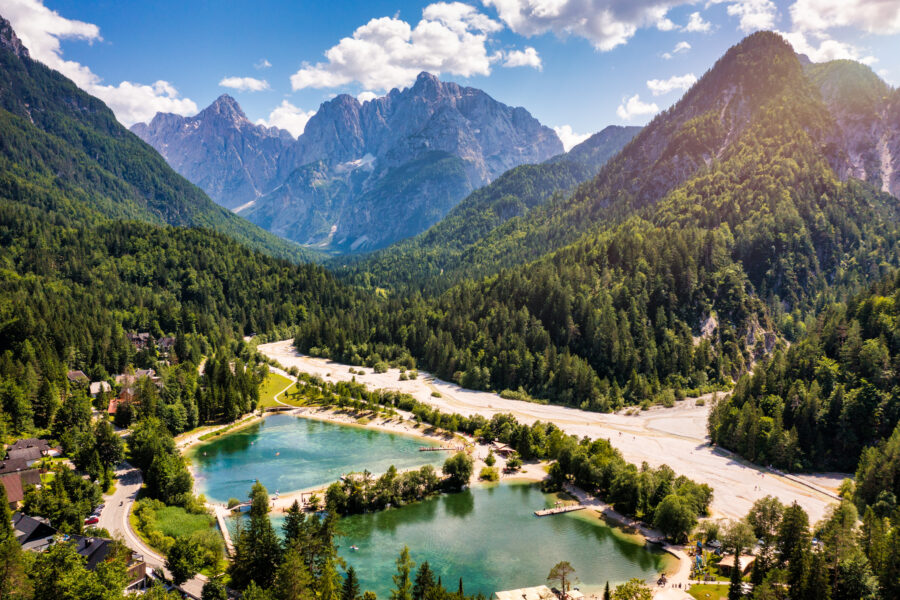
Planning your trip to Triglav National Park or the Dolomites requires careful consideration of timing and logistics. Depending on when you visit and how you get around, both destinations offer unique experiences.
Best Time to Visit
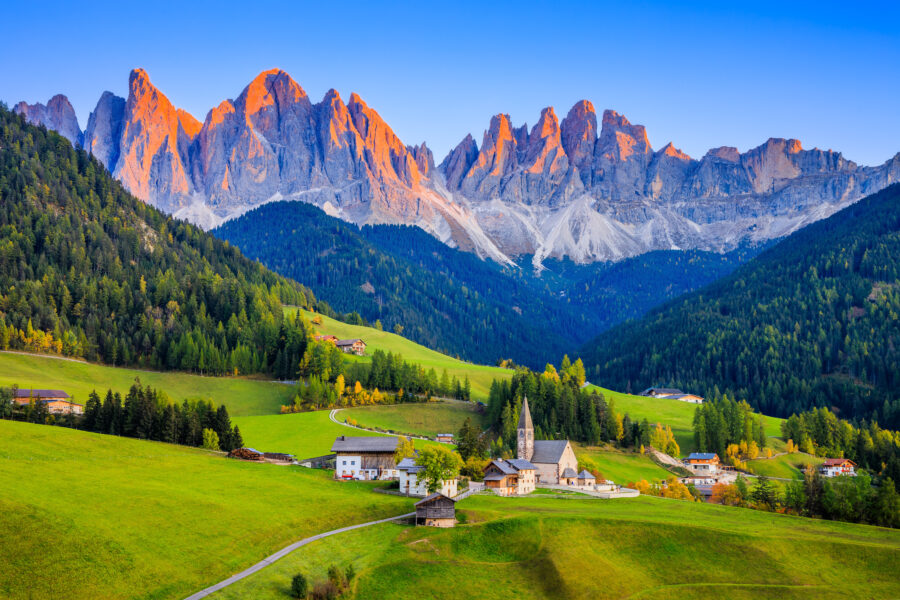
Triglav National Park shines brightest during summer months, particularly July through September. This window provides the safest conditions for hiking and climbing Mount Triglav itself. The trails are generally clear of snow, and mountain huts operate entirely.
The Dolomites offer a bit more flexibility with two distinct peak seasons. Summer (June-September) brings excellent hiking conditions and vibrant alpine meadows. Winter (December-March) transforms the region into a world-class skiing destination with impressive snow coverage.
If you’re hoping to avoid crowds, consider visiting either destination during the shoulder seasons—May/June or September/October. You’ll encounter fewer tourists while enjoying reasonable weather, though some facilities might operate on limited schedules.
Weather Conditions
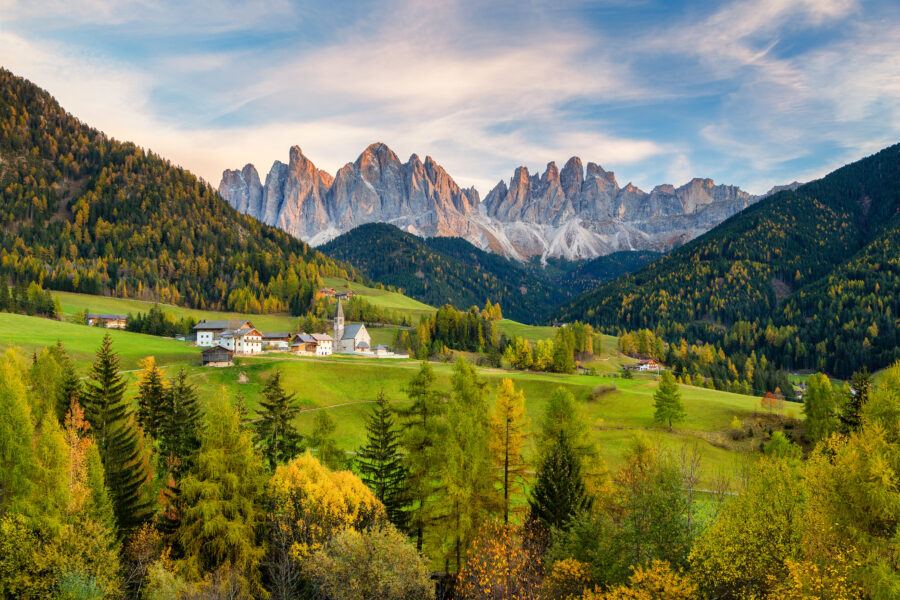
Triglav’s alpine climate can be unpredictable, with rapid weather changes common even in summer. In valleys, average summer temperatures range from 50-70°F (10-21°C), dropping significantly at higher elevations.
The Dolomites experience similar mountain weather patterns but tend to be slightly warmer. Summer averages between 55-75°F (13-24°C) in valley areas. Both regions see substantial snowfall in winter, with temperatures often dropping below freezing.
Rain is common in both locations, even during summer months. Always pack waterproof gear and layers, regardless of when you visit. Mountain weather can shift dramatically within hours, so checking forecasts daily is essential.
Transportation and Routes
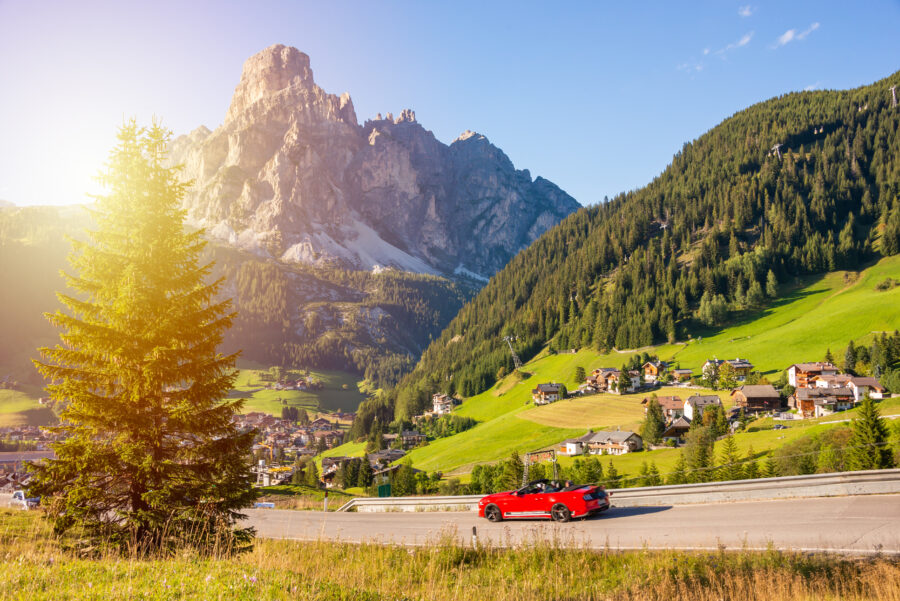
Thanks to better infrastructure, getting around the Dolomites is generally easier. Public buses connect major towns and trailheads during high season. Cable cars and gondolas offer quick access to higher elevations, making day hikes more accessible for casual visitors.
Triglav presents more transportation challenges. Public transit is limited, with fewer options for reaching trailheads. Most visitors rent cars or join organized tours. The park’s rugged terrain means fewer easy access points than the Dolomites.
For hikers, Triglav offers more remote, challenging routes with fewer crowds. The Dolomites feature an extensive network of well-marked trails with varying difficulty levels. Both regions have mountain huts (rifugios/koče) along popular routes, but reservations are strongly recommended, especially in high season.
Unique Aspects and Attractions
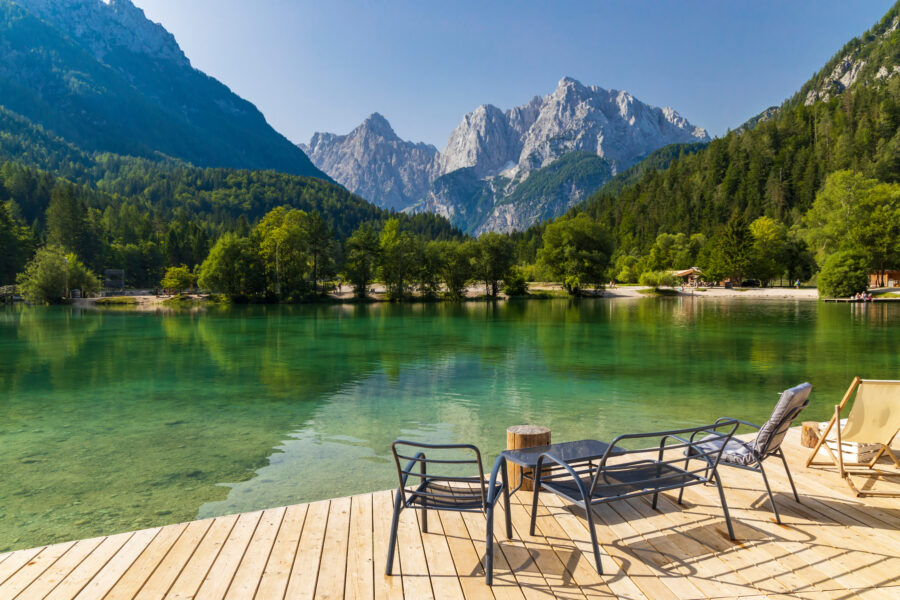
Triglav National Park and the Dolomites offer stunning natural beauty, but each destination has special features that set it apart. These unique characteristics create distinct experiences for adventure visitors in these Alpine wonderlands.
Distinctive Topography
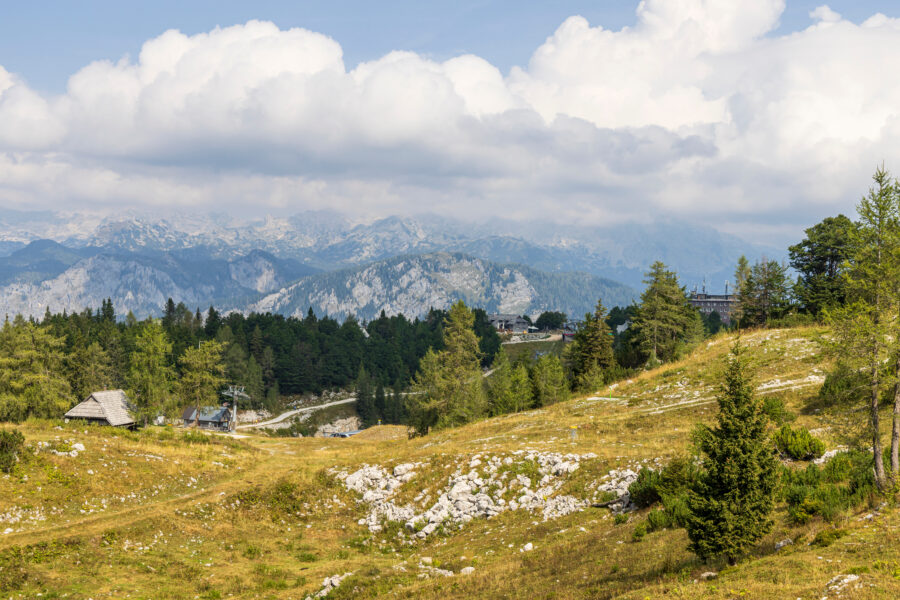
Triglav National Park showcases Slovenia’s most dramatic landscapes, centered around its namesake peak, Mount Triglav. At 2,864 meters, this three-headed mountain (hence the name “Three Heads”) dominates the park’s skyline. The park’s terrain feels wilder and less developed than the Dolomites, with steep valley walls that make most hikes challenging but rewarding.
The park features pristine pine forests that support thriving wildlife populations. Visitors might spot deer, mountain goats, and even ibex. Rushing rivers have carved impressive gorges throughout the landscape, creating natural wonders like the Vintgar Gorge.
Meanwhile, the Dolomites are known for their distinctive pale limestone formations that change color throughout the day. The iconic jagged peaks and towering vertical walls make this region a rock climber’s paradise. The Dolomites also feature more accessible areas with gentler slopes and meadows between the dramatic mountains.
Iconic Sites and Vistas
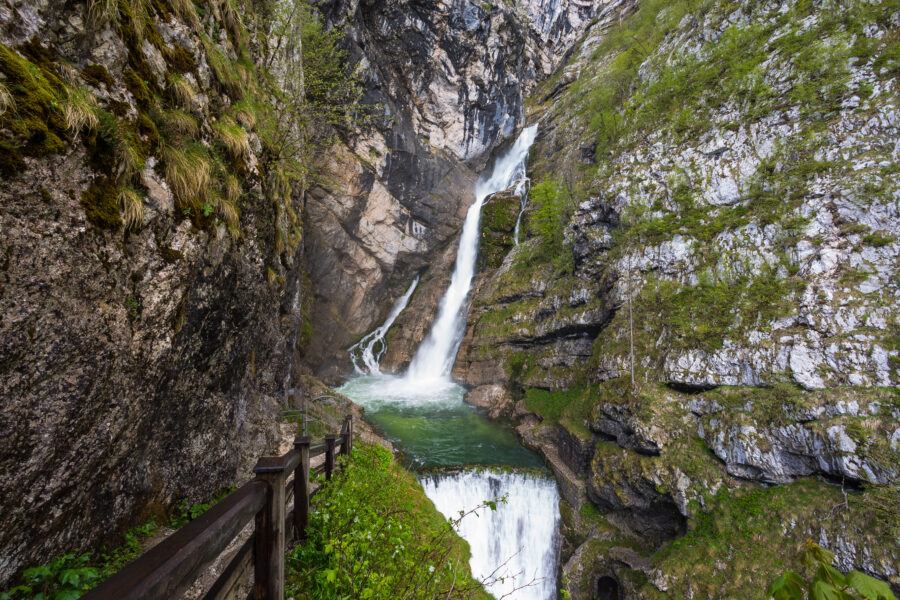
Triglav National Park’s crown jewel is Lake Bohinj, a crystal-clear glacial lake surrounded by mountains. This tranquil setting feels more intimate than many Dolomite locations, offering a peaceful retreat for nature lovers. The Savica Waterfall feeds into Lake Bohinj and provides another stunning natural spectacle.
The Soča River, with its impossibly turquoise waters, runs through the park and offers opportunities for kayaking and rafting. The views from Vršič Pass, Slovenia’s highest mountain pass, provide panoramic vistas of the Julian Alps.
Tre Cime (Three Peaks) is perhaps the most photographed landmark in the Dolomites. These three distinctive rock formations create a dramatic silhouette against the sky. Other iconic sites include the emerald-green waters of Lake Braies and the sweeping views from Seceda Ridge, which looks like something from a fantasy film.
Cultural Landmarks
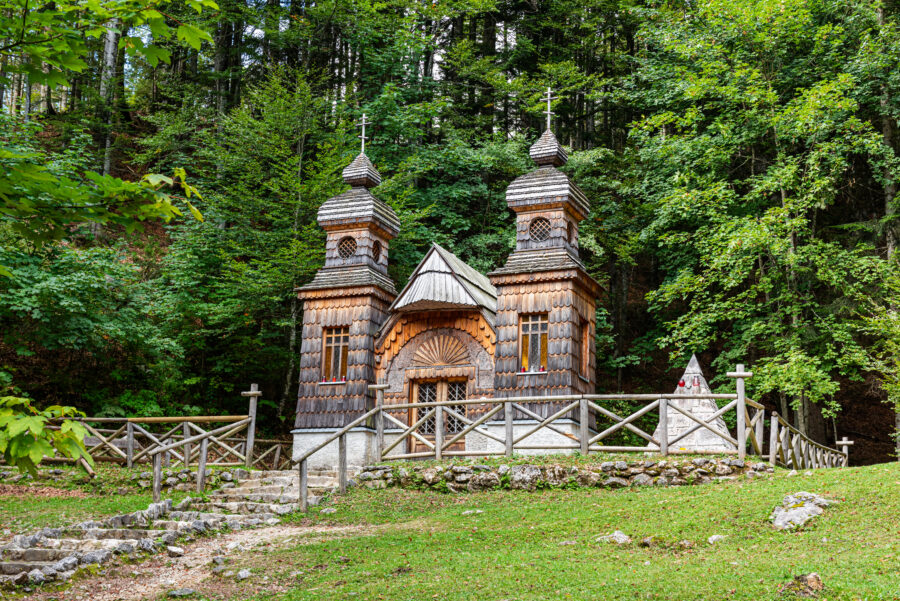
Triglav National Park maintains strong connections to Slovenian cultural heritage. Traditional Alpine architecture dots the landscape, with wooden farmhouses featuring distinctive steep roofs designed to shed heavy snow. The Russian Chapel, a wooden Orthodox church built by Russian prisoners during World War I, offers a poignant historical landmark.
Local cheese-making traditions remain alive in mountain huts throughout the park, where visitors can sample authentic Slovenian cuisine made with local ingredients.
The Dolomites region features a fascinating cultural blend due to its location in South Tyrol. This area was once part of Austria and maintains strong Germanic influences despite being part of Italy today. Charming villages like Cortina d’Ampezzo showcase this unique cultural fusion.
The proximity to Venice also means visitors can combine mountain adventures with cultural exploration of one of Italy’s most famous cities—something impossible when visiting Triglav National Park.
Comparative Analysis

Several key factors in deciding between these alpine destinations include accessibility, crowds, hiking opportunities, and overall experience. Both regions offer stunning mountain landscapes but differ significantly in character and visitor experience.
Triglav National Park vs Dolomites
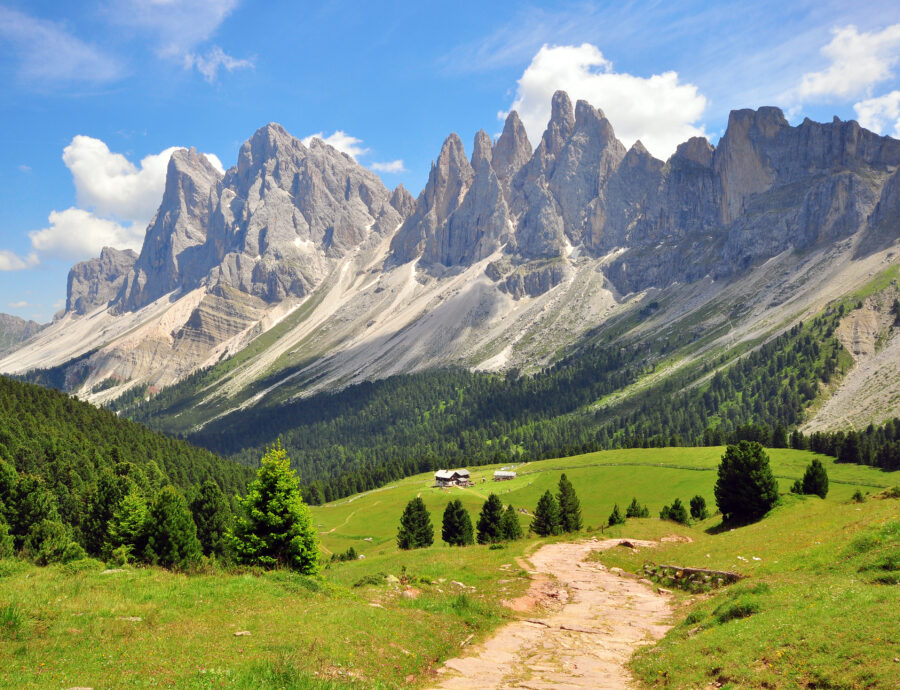
Triglav National Park in Slovenia offers a wilder and less commercialized mountain experience than the Italian Dolomites. The park, centered around Mt. Triglav in the Julian Alps, features steeper ascents and fewer easy climbing options, creating a more challenging but intimate outdoor adventure.
Transportation is limited in both areas for travelers without cars, but the Dolomites have slightly better infrastructure. However, this comes with a trade-off – the Dolomites attract larger crowds, especially during peak seasons.
Triglav’s hiking infrastructure is more limited by design. With just over 40 mountain huts and no camping allowed, the park maintains a quieter, more peaceful atmosphere. This controlled capacity helps preserve the natural environment.
Wildlife enthusiasts might prefer Triglav National Park. Its pine forests support thriving deer, mountain goats, and ibex populations, creating opportunities for wildlife spotting during hikes.
For those seeking authentic mountain experiences with fewer tourists, Triglav offers a compelling alternative to the more famous Dolomites. The Julian Alps region maintains its wild character while still providing breathtaking alpine scenery.
See Related: Best Islands in Italy (That Aren’t Crowded Like Capri)
Visitor Experience and Tips
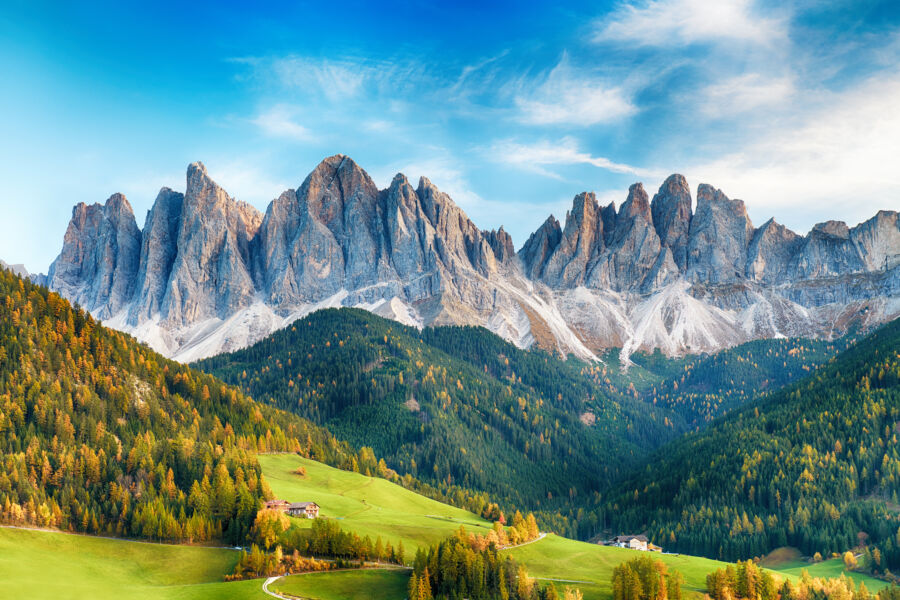
When comparing visits to Triglav National Park and the Dolomites, understanding what to expect can help you plan a better trip. Both destinations offer unique experiences that cater to different types of travelers.
First-Time Visitors

If you’re new to these alpine regions, it helps to know that Triglav tends to be less commercialized than the Dolomites. This means fewer amenities but more authentic experiences.
The trails in Triglav are generally steeper and more challenging, with no easy climbs from nearby valleys. Pack proper hiking boots and consider hiring a local guide if you’re unsure about navigation.
First-timers will find more developed infrastructure in the Dolomites, with cable cars and mountain huts. English is widely spoken in tourist areas of both regions, though locals appreciate knowing a few phrases in Slovenian (for Triglav) or Italian (for the Dolomites).
Booking accommodations in advance is essential for both destinations, especially during summer when mountain refuges fill quickly.
Family-Friendly Activities
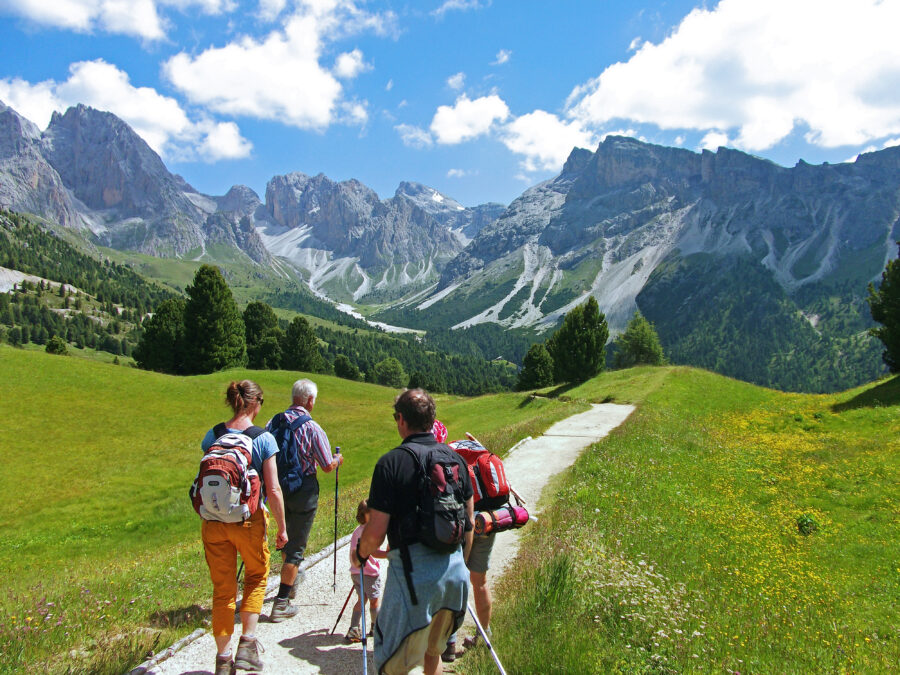
The Dolomites offer more options for families with young children. Many areas have gentle paths and facilities designed with families in mind.
Look for:
- Cable cars that make high-altitude views accessible without difficult hikes
- Family-focused mountain huts with playgrounds
- Educational nature trails with informative signs
- Botanical gardens like Pflanzengarten Bad Schandau
Triglav is better suited for families with older children who can handle more challenging terrain. The park’s less crowded environment creates opportunities for wildlife spotting and nature education.
Lake Bohinj in Triglav offers family-friendly swimming and boating in summer. The Julian Alps region also features several interactive museums that explain the area’s natural history and cultural heritage.
Adventure for Thrill-Seekers

Both destinations shine for adventure enthusiasts, but in different ways. The Dolomites are famous for via ferrata routes, protected climbing paths with fixed cables and ladders. These routes range from beginner-friendly to extremely challenging.
Triglav offers a rawer adventure experience. The park’s namesake peak (Mount Triglav) is a challenging climb that requires proper equipment and experience. Many Slovenians consider it a rite of passage to summit this mountain at least once.
Mountain biking options are more limited in Triglav than the 31+ miles of dedicated paths in some Dolomite areas. However, Triglav offers excellent opportunities for:
- Canyoning in pristine gorges
- White-water rafting on the Soča River
- Paragliding over dramatic landscapes
The less commercialized nature of Triglav means adventure seekers often feel more immersed in wilderness experiences.
Sustainable Tourism and Conservation
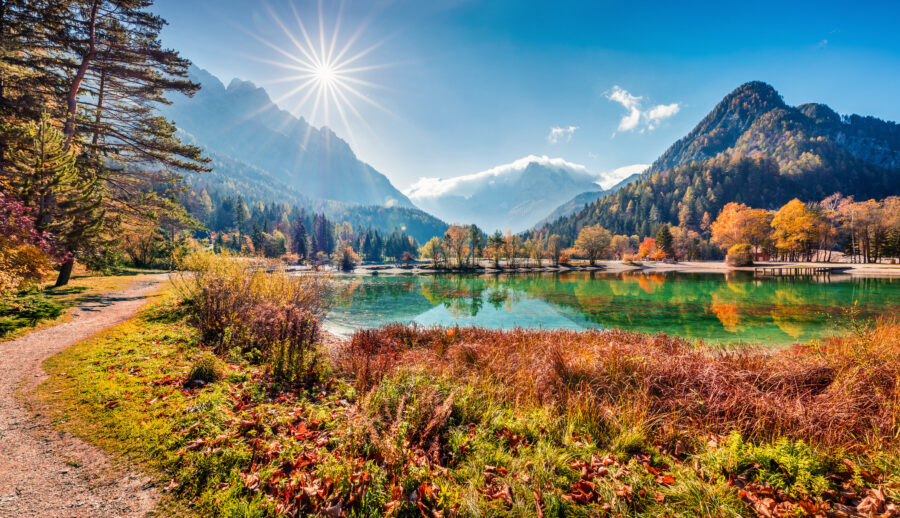
Triglav National Park and the Dolomites face challenges balancing tourism with environmental protection. These natural treasures require thoughtful approaches to remain intact for future generations.
Eco-Friendly Practices
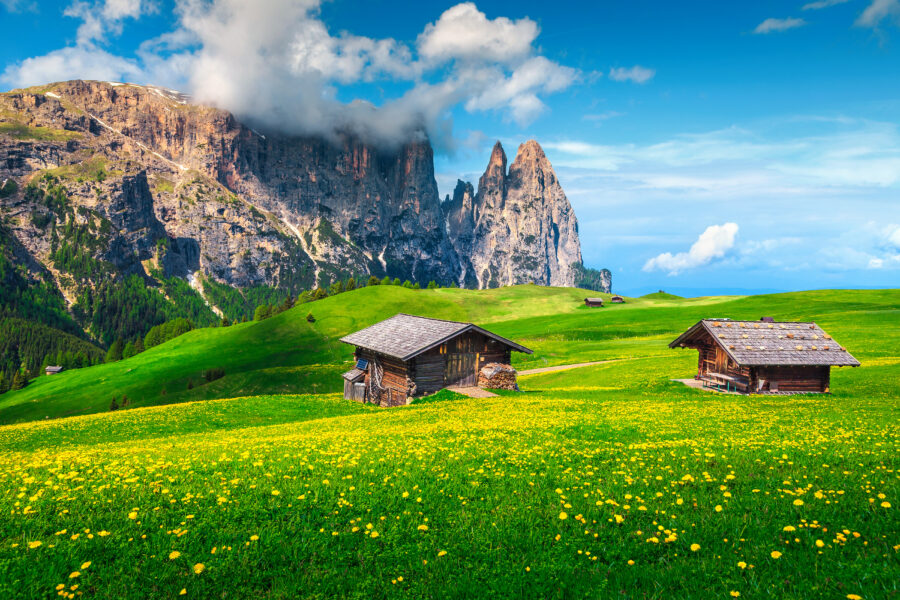
Triglav National Park has become a model for sustainable tourism in Europe. Slovenia’s commitment to green tourism is evident throughout the park, where strict regulations limit development. Unlike the Dolomites, Triglav has resisted building extensive networks of cable cars and commercial facilities. This less commercialized approach has helped preserve the park’s authentic character.
The Dolomites region has also been working to improve its sustainability practices. However, some areas struggle with overtourism and development pressures. As one search result mentions, there are concerns about “concrete jungles” and “ever-expanding networks of cable cars” in parts of the Dolomites.
Both destinations offer eco-friendly accommodations, but Triglav stands out with its emphasis on locally owned, small-scale tourism businesses that often serve organic, locally sourced food.
Visitor Responsibilities
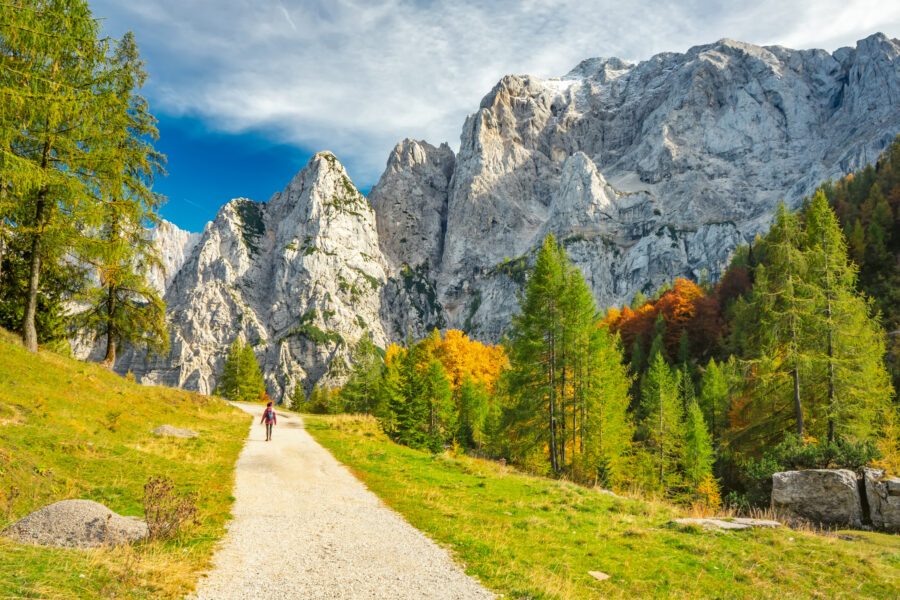
When visiting either destination, travelers have important responsibilities to minimize their impact. In Triglav National Park, visitors must stick to marked trails and practice “leave no trace” principles. The park’s fragile ecosystem requires careful management and respectful behavior from all who enter.
The Dolomites face similar challenges with visitor impact. Hikers and climbers should be mindful of wildlife, properly dispose of waste, and respect trail closures during sensitive periods.
Visitors to both regions can support conservation by:
- Using public transportation when possible
- Staying in eco-certified accommodations
- Buying local products
- Avoiding single-use plastics
- Respecting wildlife and plant life
Smart tourists now choose shoulder seasons to visit these areas, reducing crowding and spreading economic benefits throughout the year.
See Related: 10 Day Italy Trip Cost: Budget Your Dream Vacation
Frequently Asked Questions
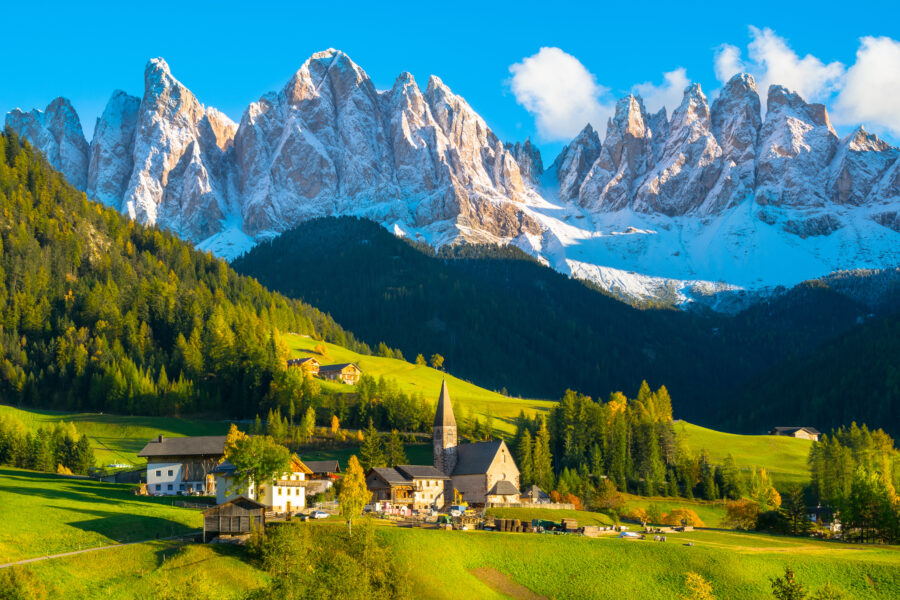
Choosing between Triglav National Park and the Dolomites can be tricky for travelers seeking Alpine adventures. Both destinations offer stunning mountain landscapes, but they have distinct characteristics that might appeal to different types of visitors.
What unique experiences differentiate Triglav National Park from the Dolomites for hiking enthusiasts?
Triglav National Park offers a more rugged, less commercialized hiking experience than the Dolomites. The trails in Triglav tend to be steeper and more challenging, with fewer amenities along the way.
The park’s relative access difficulty means you’ll encounter fewer tourists on the trails. This creates a more intimate connection with nature that some hikers find more rewarding.
In contrast, the Dolomites feature a more developed infrastructure with cable cars and mountain huts strategically placed throughout the region. The distinctive pale limestone formations of the Dolomites create a uniquely dramatic landscape that differs from Triglav’s more traditional Alpine scenery.
Which region offers the most accessible trekking routes for beginner hikers, Triglav National Park or the Dolomites?
The Dolomites generally provide more accessible options for beginner hikers. The region’s extensive network of cable cars allows visitors to reach higher elevations without strenuous climbing, making alpine views available to hikers of all fitness levels.
Many Dolomite trails can be customized for shorter, less challenging walks. The well-maintained paths and abundance of rifugios (mountain huts) offering refreshments and shelter make the experience more comfortable for novices.
Triglav presents fewer beginner-friendly options. As search results indicate, “there are no easy climbs” in Triglav, with most ascents from valleys being quite steep. New hikers might find the terrain more intimidating and physically demanding.
How does the cultural heritage of the surrounding areas compare to that of Triglav National Park and the Dolomites?
Triglav National Park is embedded in Slovenian culture. The mountain itself is a national symbol on the country’s flag. The surrounding villages showcase traditional Slovenian architecture and customs, which have remained relatively unchanged by mass tourism.
Local festivals and foods in the Triglav region offer authentic glimpses into Slovenian mountain culture. The area’s history includes interesting stories from World War I and earlier periods that shaped local identity.
The Dolomites region is culturally diverse, with Italian and Austro-Hungarian influences. This unique blend created the distinctive Ladin culture, with its own language, traditions, and cuisine that differ from mainstream Italian culture.
Villages around the Dolomites often feature Mediterranean and Alpine architectural styles. The region’s history of being contested between different powers has left a rich cultural tapestry that visitors can explore.
In terms of biodiversity and conservation efforts, how do Triglav National Park and the Dolomites contrast?
Triglav National Park boasts impressive biodiversity with over 7,000 animal species, including iconic Alpine wildlife like the chamois, ibex, and golden eagle. The park’s conservation model focuses on preserving significant, continuous habitats with minimal development.
Slovenia has implemented strict protection measures within Triglav, limiting construction and commercial activities. This approach has helped maintain ecological corridors crucial for wildlife movement across the Julian Alps.
The Dolomites face different conservation challenges due to higher visitor numbers and more developed tourism infrastructure. However, the status of UNESCO World Heritage has strengthened protection efforts in recent years.
Conservation in the Dolomites often involves balancing tourism with preservation. Several successful reintroduction programs have helped restore native species while maintaining visitor access.
Which local culinary specialties should visitors not miss when exploring Triglav National Park or the Dolomites?
In Triglav National Park, don’t miss traditional Slovenian mountain fare like jota (a hearty bean and sauerkraut soup) and štruklji (rolled dumplings with various fillings). Alpine dairy products are exceptional, particularly the local cheeses from small mountain farms.
Potica, a traditional rolled pastry with walnut or poppy seed filling, is a perfect hiking snack. In mountain huts, try warming beverages like borovničevec (blueberry liqueur) after a chilly hike.
The Dolomites offer a fascinating blend of Italian and Alpine cuisine. Canederli (bread dumplings) and speck (smoked ham) showcase the Austrian influence, while polenta dishes represent Italian traditions.
Avoid trying local specialties like casunziei (beet-filled ravioli) and apple strudel. The rifugios throughout the Dolomites often serve exceptional regional dishes made with fresh mountain ingredients that vary from valley to valley.
For photographers seeking breathtaking landscapes, which provides more diverse shooting opportunities: Triglav National Park or the Dolomites?
Triglav National Park offers photographers pristine Alpine lakes like Lake Bohinj and Lake Bled with magnificent mountain backdrops. The park’s less developed nature means fewer human elements in landscape compositions.
Dawn light on Mount Triglav creates magical conditions for photography. The Soča River’s emerald waters winding through forested valleys provide unique shooting opportunities not found in many other Alpine regions.
The Dolomites are renowned for their distinctively jagged pale peaks that glow pink and orange during the famous “enrosadira” phenomenon at sunrise and sunset. These dramatic formations create instantly recognizable compositions.
Photographers in the Dolomites benefit from more accessible viewpoints thanks to the road network and cable cars. The region’s distinctive combination of Alpine meadows, reflective lakes, and the unique geology of the pale mountains offers extraordinary compositional variety in relatively compact areas.
